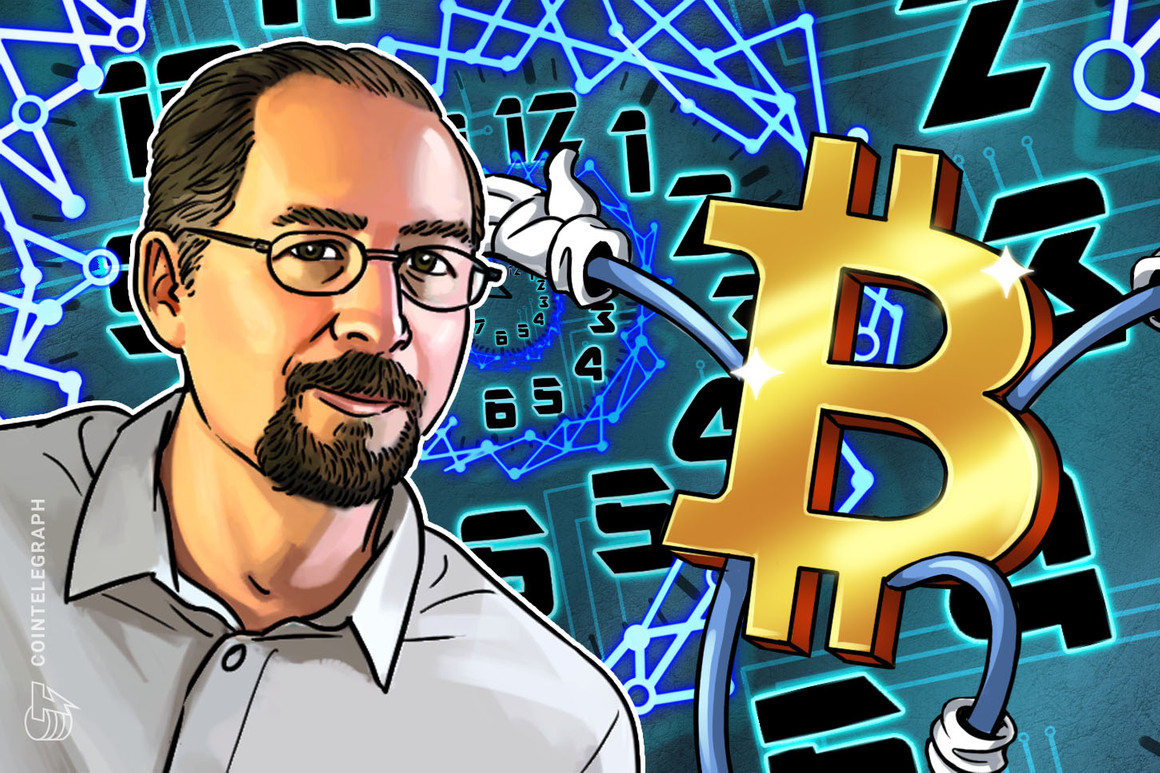Adam Back, the co-founder of Blockstream, took a timeout from the mainstage of Bitcoin Amsterdam, a three-day Bitcoin conference in the Netherlands, to talk with Cointelegraph.
Perched at a park table amidst tulips and bicycles, the man behind the Proof-of-Work algorithm challenged Cointelegraph to a game of Jenga and made a case for beaming Bitcoin into space. One of the few people to be cited in the Bitcoin whitepaper, (BTC) Back also discussed his childhood and his first interactions with computers. The video will soon be published on Cointelegraph’s Youtube channel.
But why do we need the Bitcoin blockchain–a decentralized peer-to-peer network already secured by nodes on earth–in space? Do aliens need Bitcoin the way humans do? Back joked with Cointelegraph nonchalantly:
“Well, I mean, there are a few reasons [to having Bitcoin in space]. One because it’s cool, and you can.”
However, it also brings benefits such as privacy: “You can receive the data anonymously because it’s broadcast, and basically nobody can tell you’re receiving it. So that’s good for privacy,” Back continued, moments before winning the game of Jenga.
Adam Back with Cointelegraph reporter Joe Hall.
Furthermore, having Bitcoin in space is also “Good for companies because they really need to make sure they’re on the right blockchain. If there’s a local network issue or if a router is hacked,” then the satellite Bitcoin connection ensures that companies can continue to transact and use the Bitcoin blockchain without hindrance.
Indeed, the news is awash with governments and groups intent on inhibiting access to Bitcoin or cryptocurrency-related activities; so having a connection to a satellite Bitcoin protocol is invaluable and enables greater censorship resistance.
For the global south, the argument for connecting and downloading the backlog of Bitcoin data in order to synchronize a node is the price. Whereas in the developed world, the cost of downloading and synching Bitcoin core could be negligible:
“For emerging markets, the cost of an Internet connection fast enough to keep up with Bitcoin is actually expensive compared to salaries.”
Back explained that you can sync a node at no cost in the developing world using Blockstream satellites. While the process is undoubtedly slower–taking a week or two to update–it means that the barrier to entry for participating in the Bitcoin protocol trends lower and lower.
Related: Adam Back Denies Having a Beer With Satoshi Nakamoto
Finally, Back is still very bullish on Bitcoin. In a tweet on Monday morning, the mathematician shared that Bitcoin will “conservatively” do a 10x in the next five years. That means the Bitcoin price would reach over $200,000 before 2027.
Source: https://cointelegraph.com/news/bitcoin-in-space-is-good-for-user-privacy-says-adam-back



